The Future of Ecommerce: Subscription Ecommerce
The New Economy
In recent years, we've seen a major shift in the way that companies do business, especially online business. The traditional business model has always involved selling products for a one-time price. That is, a customer buys a product from you and that's it. It's a one-time transaction.
One of the biggest disadvantages to selling products for a one-time price is that you miss out on potential future sales. Once someone has bought from you, they're done. You have to entice existing customers to come back and buy other products. This affects your cash flow and business stability in a major way, which is the lifeblood of any business. One month you could do well in sales, but then the next month you're back to $0 and have to start again.
This is why the future of ecommerce is the subscription business model.
What is Subscription Ecommerce?
Subscription commerce is a business model where customers pay a recurring fee to receive regular shipments of products. This can include both digital and physical products.
The very first subscription services can be attributed to newspapers and magazines. People paid a monthly fee to have these delivered to their homes. This subscription model was a new way of getting information, and it was much more convenient than having to go to the newsstand every day.
With the subscription model, a customer typically pays anywhere from $10 to $100 per month to have products delivered to their doorstep on a weekly or monthly basis.
Subscription commerce has exploded in recent years, with companies such as Netflix, Birchbox, and Dollar Shave Club leading the way with their subscription services. These companies have disrupted traditional industries with their innovative subscription business model.
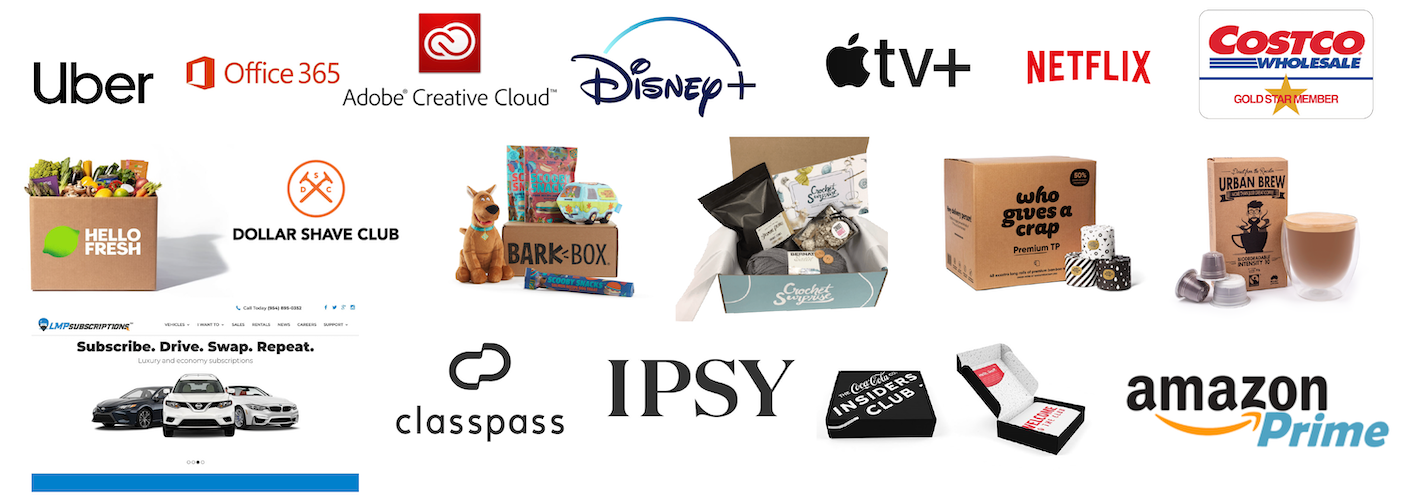
Netflix, for example, is a subscription service for movies and TV shows. Customers pay a monthly fee to access a library of content that can be streamed or downloaded.
Birchbox is a subscription service for beauty products. Customers pay a monthly fee to receive a box of sample-sized beauty products each month.
Dollar Shave Club is a subscription service for razors. Customers pay a monthly fee to receive razors delivered to their door each month.
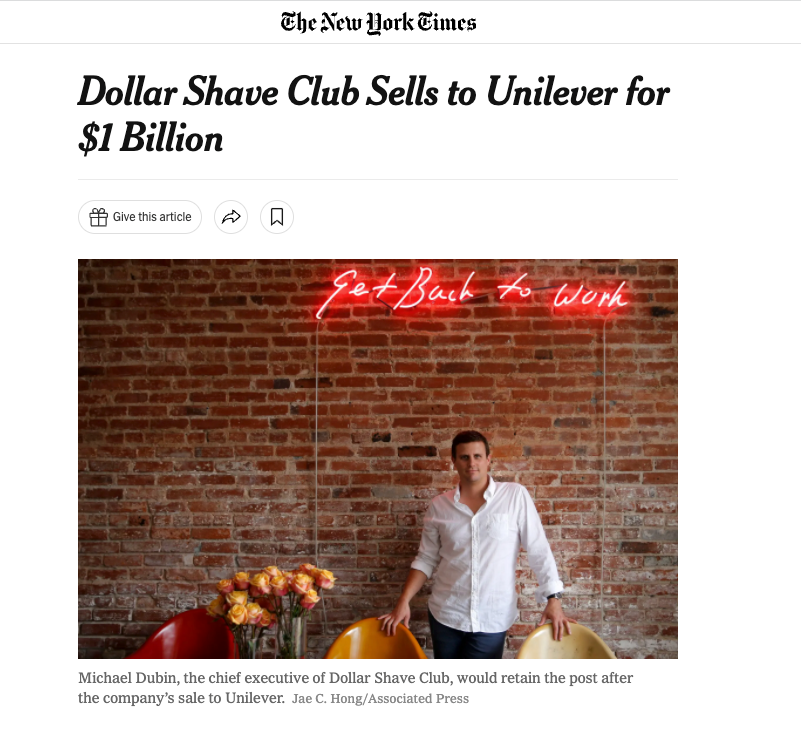
Subscription Services Have Become the New Normal
E-commerce companies are not the only companies that have made subscriptions the core of their business. An increasing number of businesses in many different industries are moving to a subscription service. It is now to the point that subscription services have become the new normal.
The subscription services economy is booming. The global ecommerce subscription market is now projected to be a $246.6 billion dollar market.
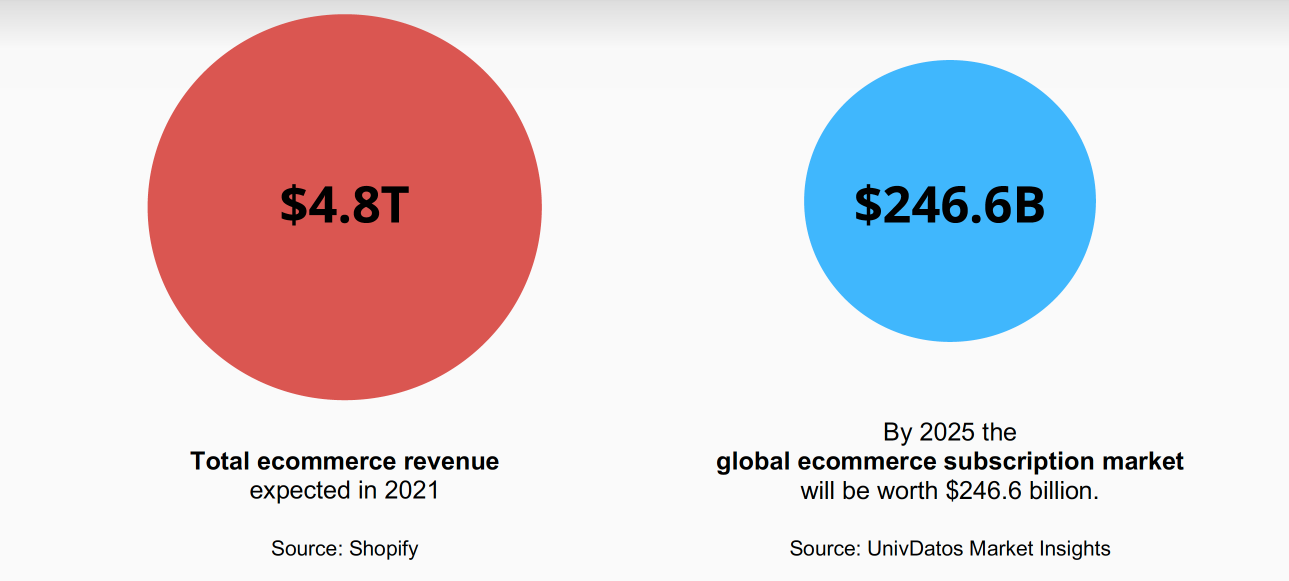
For example, Adobe used to sell a license at USD 5K each to install the latest version of Photoshop on your computer. You now pay a subscription fee with different subscription options to access the same software.
Microsoft has followed the same model. You used to have to pay a one-time fee to install Microsoft Office on your computer, but now you have to buy a subscription to download and install it.
But what is it about subscription services that customers find so appealing? And how can other businesses tap into this burgeoning market?
Benefits of the Subscription Service Model for Ecommerce
1. A steady and predictable revenue stream
First and foremost, subscription services offer a more predictable revenue stream than one-time purchases. This predictability can be helpful when planning for growth and expansion.
It also lowers your customer acquisition costs and increases your customer lifetime value.
Here's a great example of the power of having a subscription service product in an e-commerce business:
No subscription service product
Business 1 sells a one-time product for $30. They sell 200 units of this product in their first month and make a total of $6,000 in sales. However, at the beginning of month 2, their revenue starts back at $0.
Subscription product
Business 2 sells a one-time product for $30 too. However, they also sell it on a subscription model as well for $30 per month. They sell 200 units of this product in their first month, with 50 of these sales purchased on a subscription model. Now at the beginning of month 2, their revenue starts at $1500 (50 sales x $30 per month).
Imagine knowing that you have $1500 coming in regularly, you could then forecast and plan for your ecommerce store business. And that's even without selling any more subscriptions.
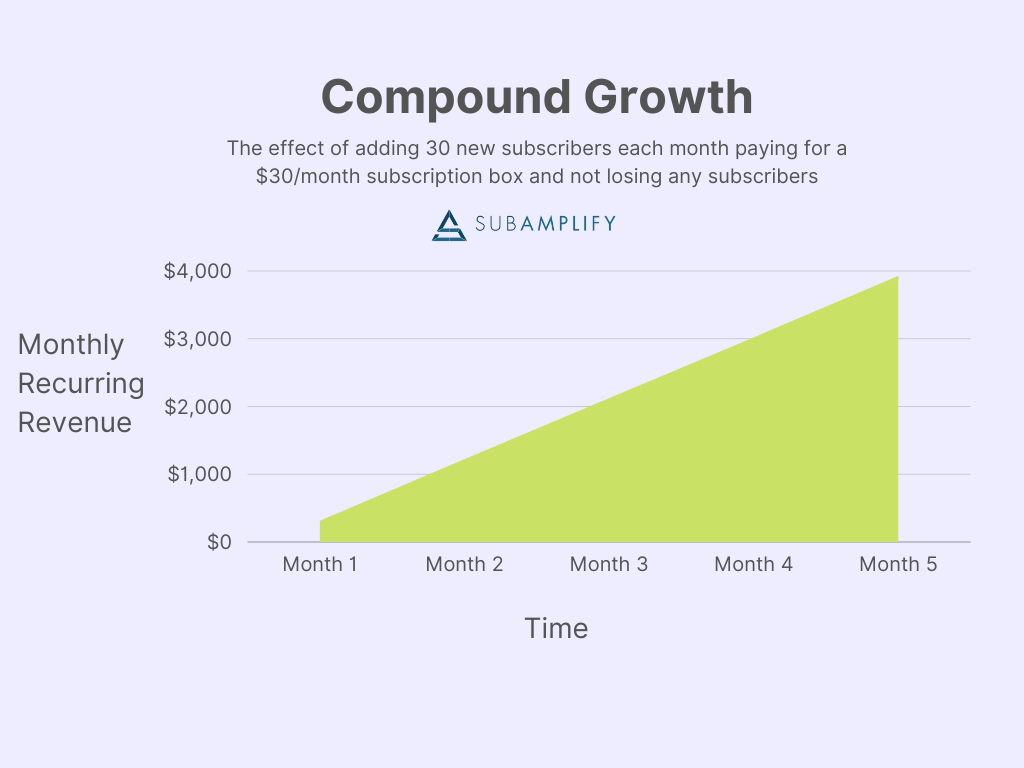
2. Higher probability of positive cash flow
The subscription model also gives you a higher probability of positive cash flow, since payment gateways often take care of the recurring billing.
It's not like a traditional service-based business where you would send invoices and then wait for those invoices to be paid. You get paid instantly as soon as a subscription is rebilled.
3. Establishes a highly loyal customer base
Additionally, adding a subscription service product can help an ecommerce business build deeper relationships with their customers. Because subscribers receive your product regularly, they're constantly being reminded of your brand. This repetition can eventually lead to brand loyalty.
4. Brings more opportunities to build relationships and expand revenue
Having built a subscription box with thousands of subscribers from scratch, I've also learned the side effect of a subscription model is customer relationships. You get a chance to build a community around the subscription model since they are receiving your product regularly.
With a community built around your brand, you get to build deep relationships and these loyal customers will share your brand with their networks. They are often the ones that buy any new products that you have on offer.
For example, for our subscription business, we still had our very first customer stay with us over a six-year journey. We also had some of our original customers stay the length of time with us. And they were always the ones championing and supporting us whenever we did new product launches.
5. Adds a value proposition to your customer base
There are a few key reasons why customers love a subscription based business. First, it's convenient. Having a subscription means that customers subscribe and don't have to go out and purchase a product each time they need it. Instead, it's delivered right to your door (or inbox) regularly.
Second, it's often more cost-effective than buying products individually. When you sign up for a subscription business, you usually get a discounted price per unit. Finally, subscription businesses take the guesswork out of shopping. With a subscription box, for example, you don't have to spend time looking for products that go well together; everything is hand-picked for you based on your preferences and customer data.
6. Makes the value of your subscription business worth ten times more
Any business that has a subscription service product in it is worth ten times more. That's important because as a business owner, one of your business goals should always be the exit strategy.
Take for example John Warrilow's best-selling book, "Built to Sell", which was recognized by both Fortune and Inc. as one of the best business books of 2011 and has been translated into 12 languages. The book is a guide for business owners who want to take a business idea and create a company from it that can be sold for a high price. The book outlines the four steps necessary to build a sellable company: creating value, designing for scalability, establishing recurring revenue, and optimizing for marketability.
Notice that one of the four steps is establishing recurring revenue. He mentions that establishing recurring revenue through a subscription service or other means makes your company more attractive to buyers.
Types of Subscription Commerce Models
1. Replenishment subscription business
One of the most common types of subscription e-commerce models is the replenishment subscription service.
This is where a customer orders a product regularly because it's something that's needed regularly like shampoo, toothpaste, and toilet paper. This could be a monthly subscription service, or it could be something that happens more frequently, such as once every week or every day.
One of the most popular examples of the replenishment subscription business is Amazon's "subscribe and save." With this feature, online shoppers can set up regular orders of products they use often. For example, you might subscribe to have paper towels delivered to your door every month. This takes the hassle out of having to remember to order them yourself, and it guarantees that you'll always have a stock of paper towels on hand.
The churn rate is the percentage of customers who cancel their subscription service. This is typically lower in the replenishment subscription business model because customers are buying what they need rather than what they want. This means that they're more likely to stick with the subscription service because it's more convenient for them.
2. Curation business model stream
The curation subscription business is where a company or individual selects products for online shoppers to purchase. This could be a monthly subscription, or it could be something that happens more frequently. Typically, this appears in the form of a subscription box and is often around a theme or hobby such as crocheting, running, or comics.
One of the most popular examples of the curation subscription business is Birchbox. With this service, customers receive a box of curated beauty products each month. The boxes are customized based on the existing customer base and their preferences, so they always get products that they will enjoy using.
The curation subscription business model typically has a higher churn rate since people are subscribing to something they want, rather than need. However, it is a great business model to build deep relationships with your customers, since it typically revolves around a niche that customers are passionate about.
3. Access subscription model stream
The access subscription model is where customers have access to a product or service, but they don't own it. Typically, this is access to digital products like online training videos.
An example of the access ecommerce subscription model is Netflix. With Netflix, customers have access to a huge library of movies and TV shows. They can watch them as many times as they want, and there are no late fees. However, customers don't own movies or TV shows. They can only watch them while they're subscribed to Netflix.
I highly recommend e-commerce store owners sell both ecommerce subscriptions revolving around a physical product and one that is based on an access business model.
The main advantages of having an access subscription based business are that:
1. It's digital
This means that it doesn't cost you anything to manufacture or buy a physical product nor do you have to worry about shipping it. The only real cost is your time to come up with content ideas and then for you or someone else to produce the content.
It also adds extra value to your physical products in your store. For example, imagine if you sell dog treats and your customers can purchase your digital club, where they can access monthly dog training videos. That already puts you miles ahead of your competitors who only sell dog treats.
2. The price point can be lower
With digital products, you can lower the price point and still be profitable. For our crochet subscription box, we also sold a monthly digital club where they could access a digital version of the monthly crochet pattern.
We charged this at $7 per month and found the churn rate to be quite low since it's at a price point where customers didn't have to think twice about it compared to the value it gave them.
How to Implement Subscriptions in Your Store
So if an ecommerce subscription business model is the future of e-commerce, then how can we implement this in our store?
Let's go through step by step how you can go about adding an ecommerce subscription service to your store.
Step 1: Find the low-hanging fruit
The quickest way to add an ecommerce subscription service is to find an existing product that you sell already that can be turned into a subscription.
For example, if you sell office supplies there are many different products you could immediately turn into an ecommerce subscription service such as pens, highlighters, and notebooks.
Step 2: Create a brand new ecommerce subscription service product
If you don't sell any products that could be turned into a subscription, then the next step is to create a brand-new ecommerce subscription service product.
Here are the different types of products you could create (ranked from easiest to hardest in terms of time and money):
Digital Club
This is where you could create digital content around your niche that adds value to your customer and price it under $10.
For example, if you sell dog treats you could create a very slick magazine for dog lovers. Or you could do what we did and splinter out your product and make one of the parts, a digital version of it.
Or you could partner with another expert in your niche and get them to create the content and split the profits with them. For example, if you sell dog treats you could partner with dog trainers and get them to create dog training content which requires a monthly membership fee.
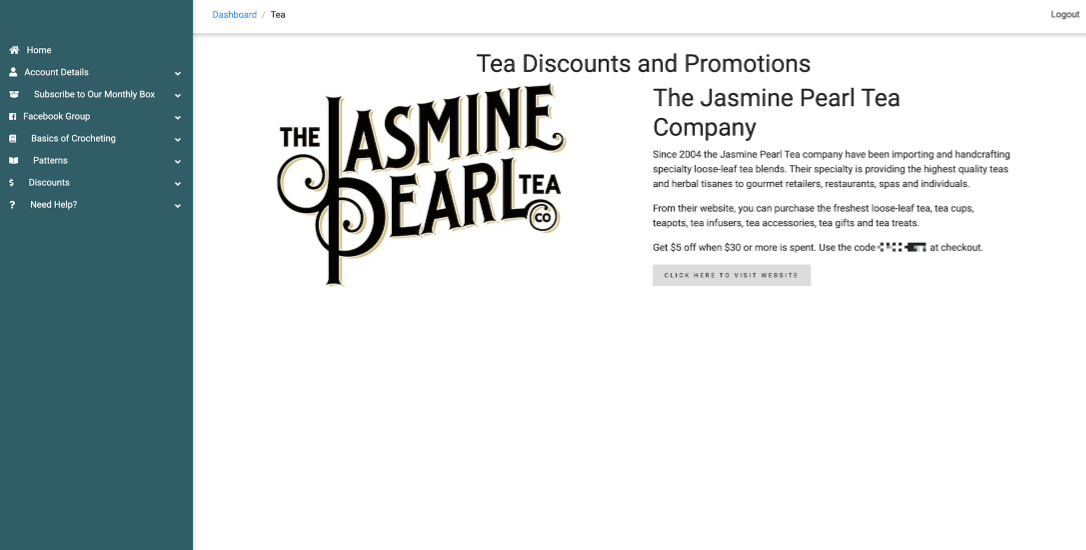
You will find that the customer acquisition for the digital club is easier than various other ecommerce subscriptions.
Pro Tip:
Another tip is to approach all your suppliers and ask them if they could provide you with a discount code for your customers to use in their online stores.
Then add these discount codes to your membership site and make them an extra benefit of joining your digital club subscription.
The key is that you sell something for such as $7 per month, you want your customers to think they get ten times that value back. So if someone is paying you $7 per month, you want them to feel like they are getting $70 worth of value back. Then you'll find your churn rate becomes low.
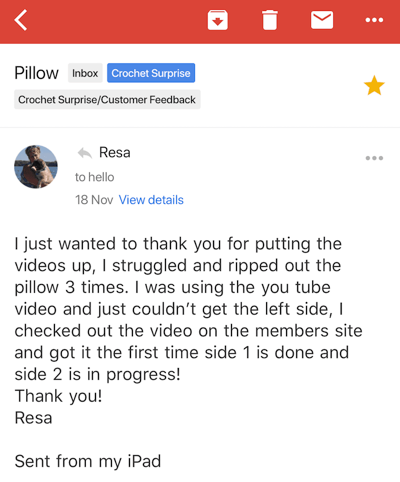
Subscribe and Save
The next type of ecommerce subscription business product you could create is the "subscribe and save" model. That is, find a product that you could sell on a subscription that relates to your niche.
Let's take the example of apparel and let's say you sell t-shirts and jumpers based around basketball. You could create a brand new subscribe and save product by selling a drink that's geared for basketball players. Basketball players play regularly and would need this drink regularly. So you could sell it on a weekly or monthly subscription.
Subscription Box
Last but not least you could also create a subscription box centered around your niche. I've left this last as this is something my wife and I created together and it's by far the most work.
This is where you curate a box of products centered around your niche. Our niche was crocheting so we would send you a new pattern each month to crochet along with all the materials required to make that project. This included the yarn and any other tidbits.
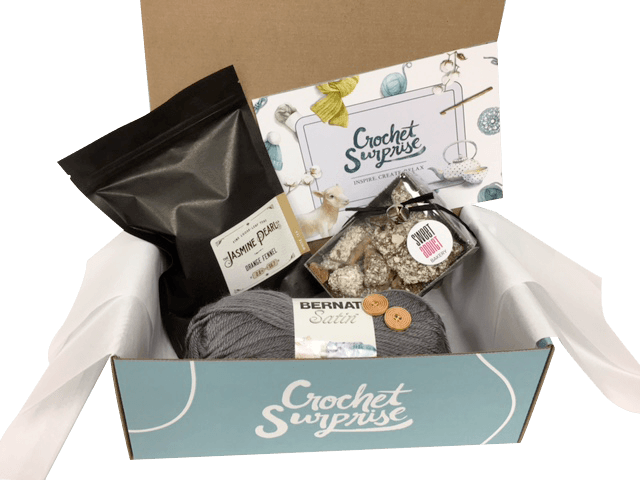
Subscription boxes are not easy to scale and grow as they are often considered a want, rather than a need, and during times of a recession, this is one of the first items to go. This is especially true in the context of the global ecommerce subscription market.
Having said that, if you put the work into it, subscription businesses can also become very rewarding as you become very close to your customers.
Build a Community
One of the keys that we found to building successful subscription businesses is to build a community. To do that, I highly recommend creating a free Facebook group for your customers and subscribers.
This has the following benefits:
Value proposition and customer retention
In such a digital world, people are more than ever craving to be a part of a community where they can connect with others. This is magnified even more when the community is centered on a common theme or passion.
I've found that new customers that joined our subscription based service immediately felt connected and part of a tribe.
Seth Godin's book called Tribes talks about the power of community and how it can be a powerful tool for a subscription company. According to Seth, a tribe is "a group of people connected, connected to a leader, and connected to an idea."
He believes that businesses need to create tribes to create a passionate following. A passionate following is essential for a business as it creates evangelists who will spread the word about the business for free.
Tribes are also essential for businesses as they help with word-of-mouth marketing. This is because when people are part of a tribe, they feel like they need to tell others about the tribe and what it stands for.
Thus, businesses should focus on creating tribes to create a passionate following and achieve word-of-mouth marketing.

Subscribers who canceled previously would become active subscribers again
Some subscription based services only allow access to their Facebook group or Discord community if they have an active subscription. When we ran our crochet e-commerce subscription brand, we didn't do this.
If you were a customer, you could join our Facebook group and would never get kicked out unless you were going against the guidelines of the group.
We found that subscribers who canceled previously would see all the latest projects and the fun that current subscribers were having, that the fear of missing out would kick in and they would rejoin again!
Choosing the Right Tech
Finally, to make all of the above happen you need the right technology to enable ecommerce subscriptions in your online store.
To save you time and money, we've taken everything we've learned from building a 7-figure in revenue ecommerce subscriptions brand and put all that knowledge into a subscription e-commerce platform called Subamplify.
We've built this ecommerce platform from scratch where subscriptions are at the very core of the platform. Subamplify makes it easy for you to add subscriptions to your store and for also cross selling relevant products.
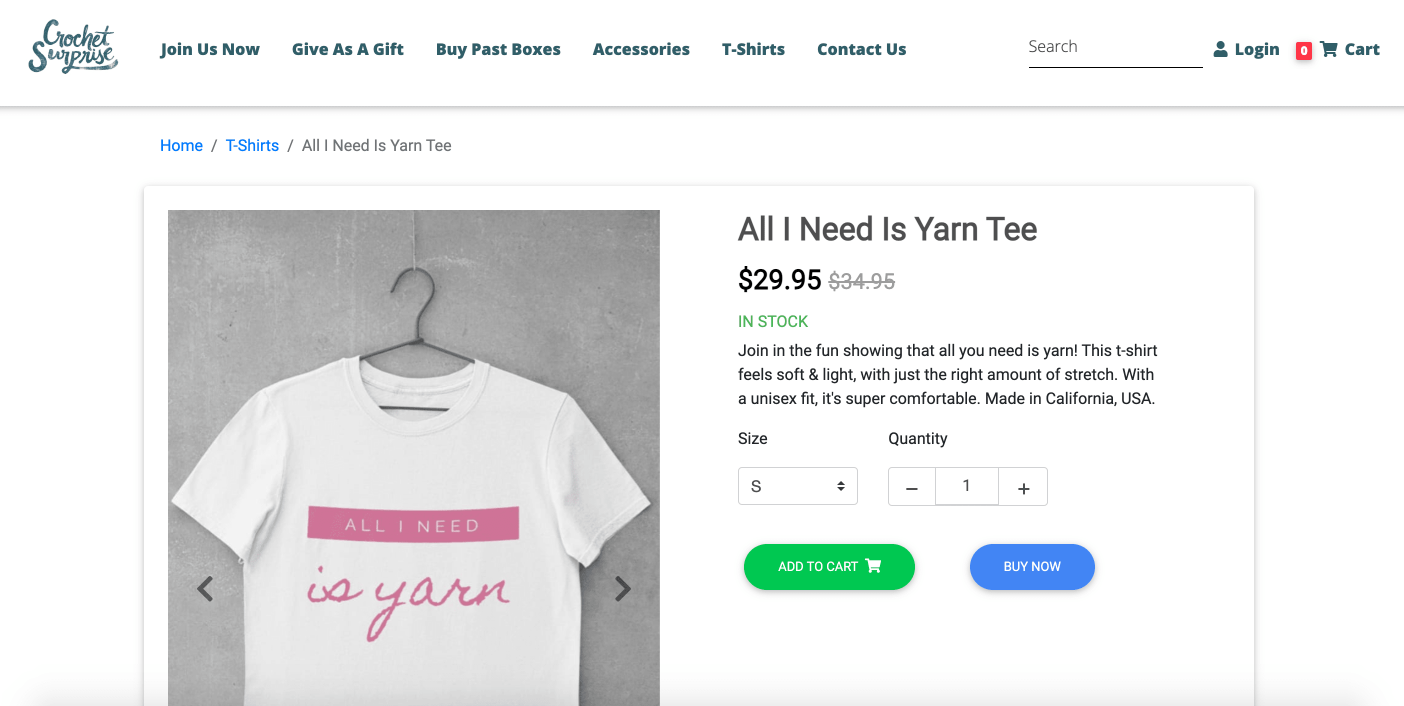
If you have an existing store on a platform like Shopify, you can simply add our Subamplify app to your store and start creating subscription products immediately.
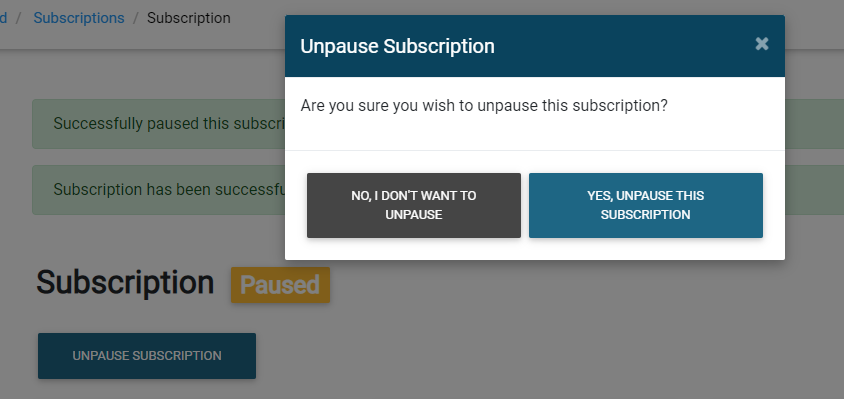
Or if you don't have an online store setup, you can set it up within minutes on Subamplify.
Ready to get started?
Grow your subscription business with Subamplify.